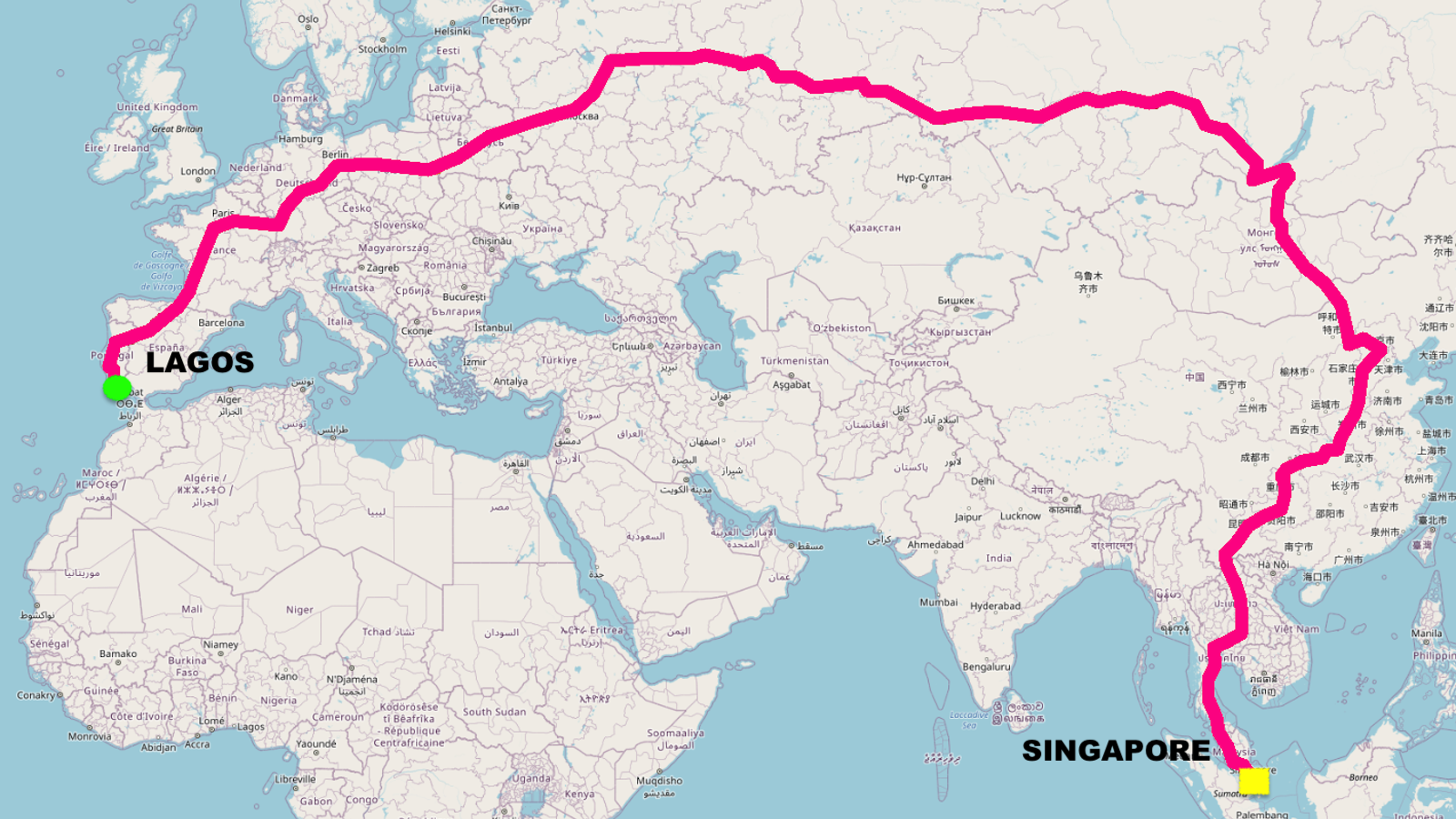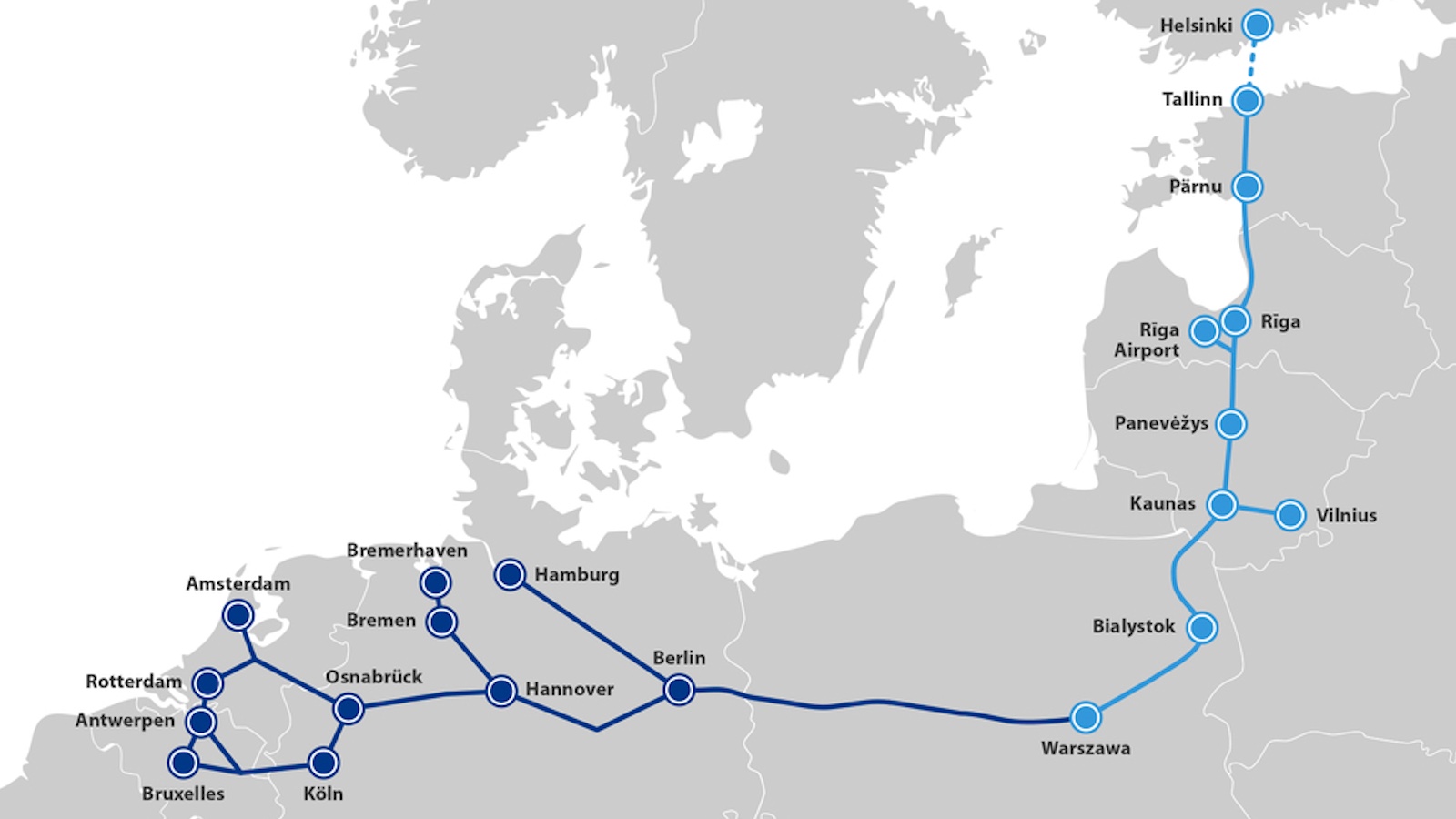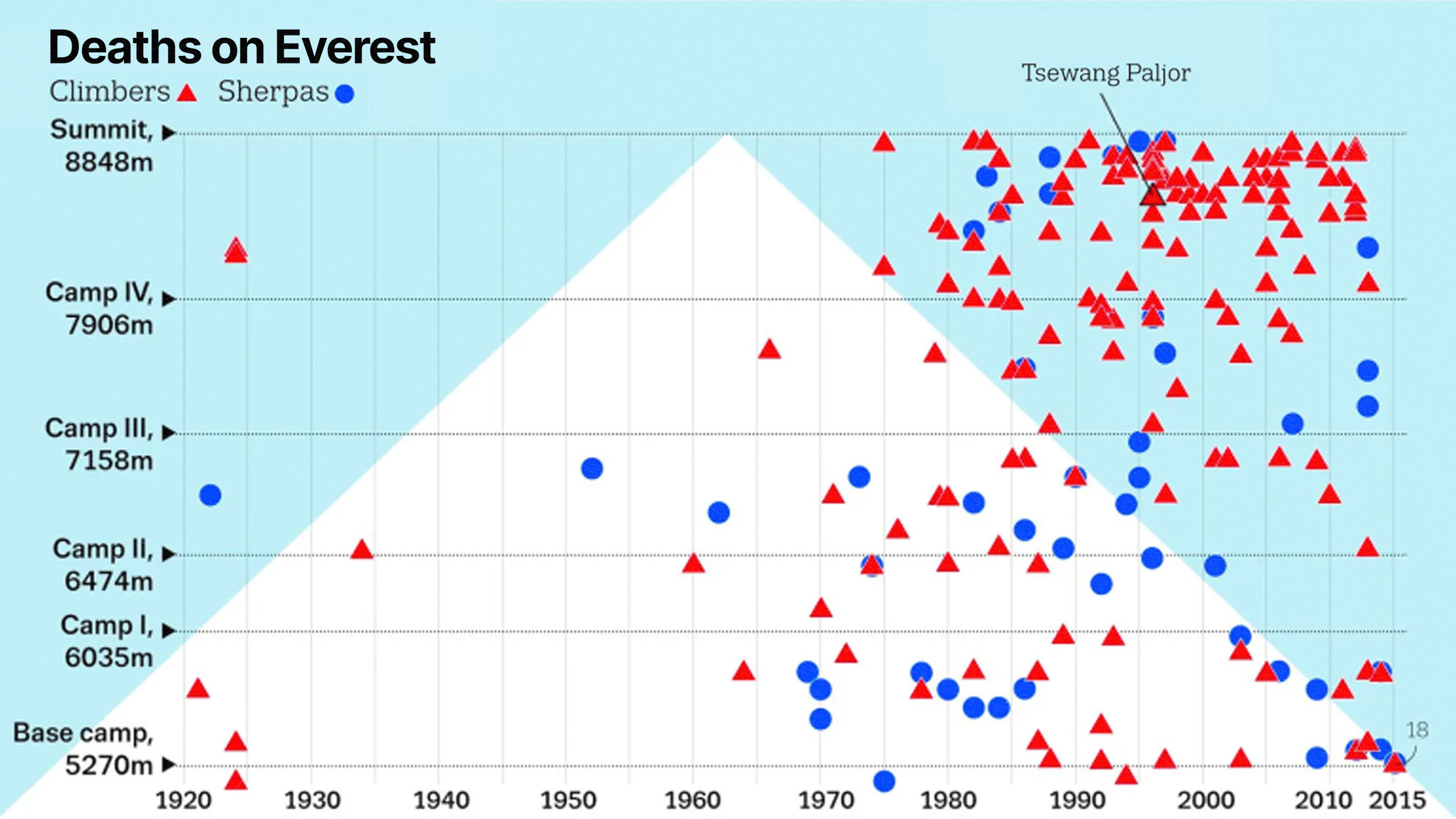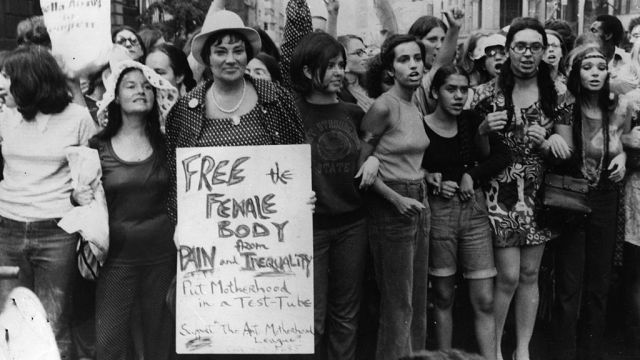Is Walking or Standing on the Escalator Faster?
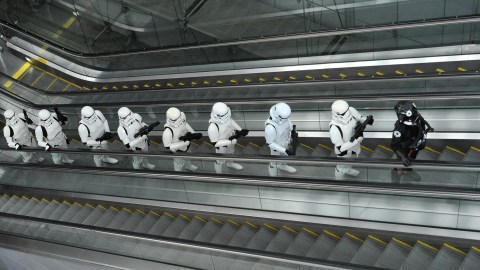
Does your patience fizzle out when you’re stuck behind slow walkers? How about those lazy standers who block the escalator on both sides? Well, a study on escalator travel has found that those side-by-side sloths who are making you miss your train are actually doing it right. You are in the wrong, Speedy Gonzales.
Researchers in the UK built a simulation model to see if they could ease pedestrian congestion for the more than 1.3 billion passengers using the London Underground every year. The simulation showed that if everyone just stood still on the escalator then, on average, the queue would reach the top faster. It seems counterintuitive, but it makes sense once you look at the mechanics. The standard right now is that people walk on the left, and stand on the right.
“Those who stand on the right-hand side tend to use every second step, whilst those who walk are likely to take three steps per person, which wastes space,” write Shivam Desai and Lukas Dobrovsky, the consultants who ran the simulation.
Here are the results from two simulated scenarios. Scenario 1 reflects how people ride the escalator in real life: 40% of us choose to walk and 60% prefer to stand. Scenario 2 reflects what would happen if everyone on the escalator made like a statue.

Data credit: Desai and Dobrovsky
The queue length at the escalator entry point drops significantly when everyone stands, and the average ride time for each person also plummets. The people who usually prefer to walk, however, see an increase: their ride time goes from 46 seconds to 59 seconds.
Another bonus of everyone standing on the escalator is that it might be a smoother ride. Paul Wiedefeld, D.C. Metro General Manager, believes that standers are safer in the event of mechanical failure. People are less likely trip and fall if they’re stationary when an escalator suddenly jerks to a halt.
Unfortunately, that is a bonus that many people may not care about. For escalator walkers, all this study does is confirm what they already know: walking gets them where they’re going faster — even if they do spend a little longer in the queue. Who wants to spend 13 extra seconds on the escalator for the good of those around them? A saint, that’s who — and good luck finding one in a peak-hour pedestrian jam.
The authors of the study admit that unlocking the science of escalator efficiency may not have any real-world benefits. They faced the problem of some very stubborn people, and remarked this to Inside Science.
“People refused to stand as told,” said Dobrovsky. “People didn’t like being told how to walk up the escalator.”
Assuming the worst in human behavior, a faster ride for some will continue to come at the inconvenience of the herd as a whole. Assuming the best in us, we could collectively shave time off our commute if we really put our hearts into it.
What the researchers did not test is what would happen if both sides of the escalator walked. Maximum efficiency, is what, and tauter buns all across the city.
“The walking-only policy would only work if you could get the majority of people wanting to walk, which just isn’t the case,” Desai says.
